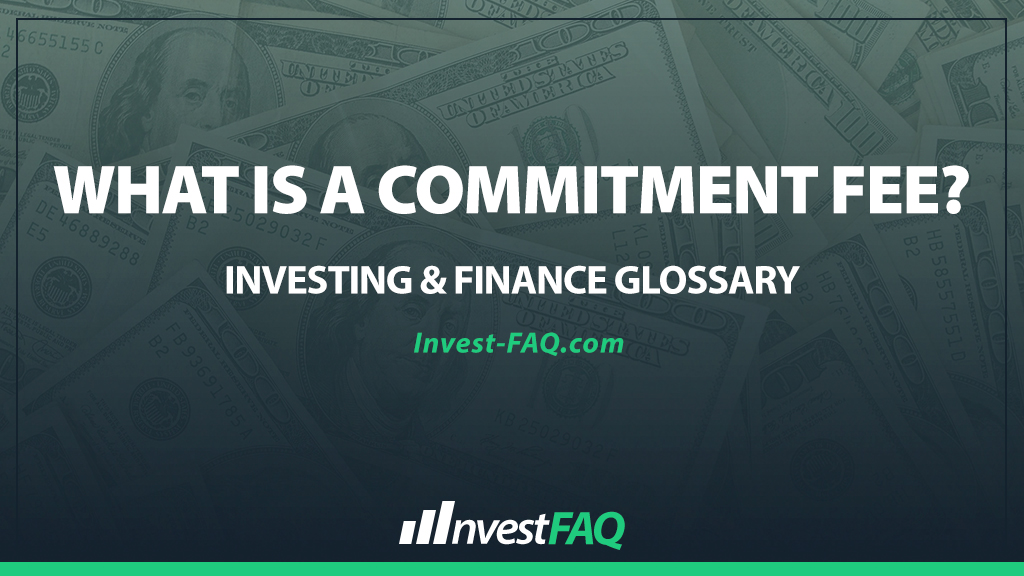
Commitment Fee
Contents
A commitment fee is a charge levied by a lender on a borrower to keep a line of credit or a loan amount available for the borrower. It is essentially a fee paid to secure the ability to access funds in the future, even if those funds are not immediately drawn upon.
In the business world, commitment fees are common in situations where companies secure lines of credit or large loans that they may not immediately utilize. This fee compensates the lender for the risk of setting aside capital that the borrower may access, ensuring the lender’s readiness to provide the funds as needed.
It’s particularly prevalent in real estate, corporate finance, and international trade, where financial flexibility is crucial.
Example of a Commitment Fee
“TechForward Inc.” secures a $2 million line of credit with “BigBank” to fund potential expansion projects. BigBank charges a 0.5% annual commitment fee on the undrawn portion of the line of credit. If TechForward Inc. does not draw on the line of credit during the year, its commitment fee for that year would be:
Line of Credit: $2,000,000
Commitment Fee Rate: 0.5%
Annual Commitment Fee: $2,000,000 x 0.5% = $10,000
TechForward Inc. records this $10,000 as a banking expense in its financial statements for the year.
In this scenario, TechForward Inc. pays $10,000 to BigBank as a commitment fee to ensure access to $2 million whenever it’s needed for future expansion.
This fee is considered an operational expense and is accounted for in TechForward’s income statement under financial expenses.
Although TechForward does not utilize the line of credit immediately, the fee ensures that the company has the financial flexibility to support swift action on potential opportunities, a strategic advantage in business planning and execution.
Significance for Investing & Finance
The concept of a commitment fee holds significant importance in accounting and financial management for several reasons:
Cost of Financing: It represents a direct cost associated with securing a line of credit, affecting the company’s net income and financial ratios.
Liquidity Management: Commitment fees are a factor in managing liquidity, as they impact the cost-benefit analysis of maintaining unused lines of credit for financial flexibility.
Budgeting and Forecasting: Accurately accounting for commitment fees is essential in budgeting and forecasting, as these fees can impact overall financial planning and operational expense management.
Financial Reporting: Proper documentation and reporting of commitment fees ensure compliance with accounting standards, reflecting the company’s financial commitments and obligations transparently.
In summary, a commitment fee is a crucial financial consideration for businesses seeking to maintain access to capital through lines of credit or loans.
Accounting for these fees accurately is essential for comprehensive financial management, reporting, and strategic decision-making, ensuring that companies can balance the cost of financial flexibility with their operational and investment needs.
FAQ
What is a commitment fee in the context of lending?
A commitment fee is a charge that a borrower pays to a lender to secure a line of credit or loan facility, compensating the lender for keeping access to a potential loan available.
When is a commitment fee typically paid?
A commitment fee is usually paid after agreeing to a loan but before any funds are drawn, essentially for the lender’s promise to extend credit under agreed terms up to a certain period.
How is a commitment fee calculated?
The commitment fee is often calculated as a percentage of the undrawn portion of the loan facility, varying based on the agreement terms between the lender and the borrower.
Can a commitment fee be refunded?
Generally, commitment fees are non-refundable as they compensate the lender for the opportunity cost of holding funds available, but specific terms can vary depending on the loan agreement.
